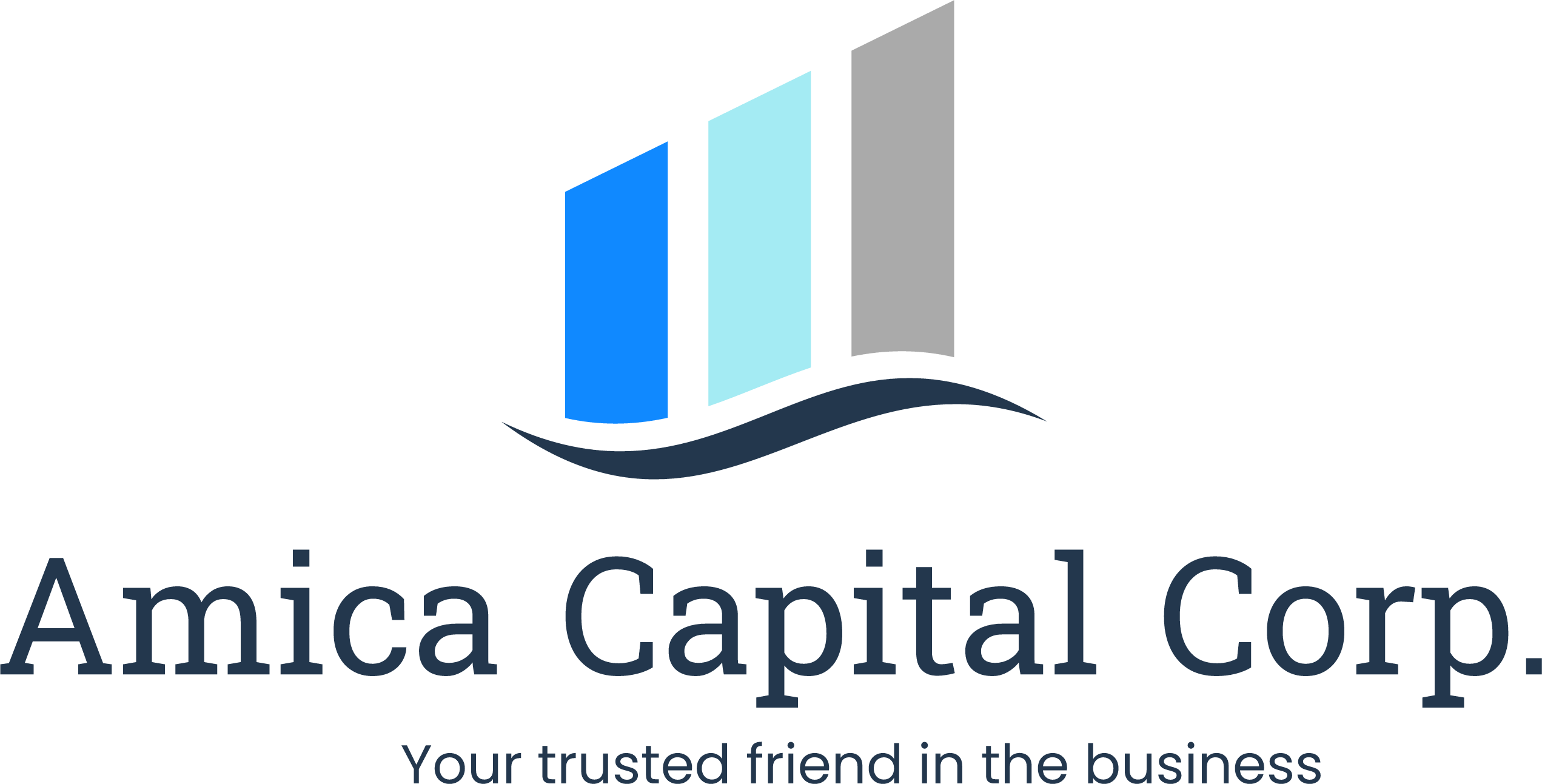For small and medium-sized enterprises (SMEs) in Canada, accessing the right capital at the right time can make or break the next phase of growth. Whether you’re seeking to expand operations, buy new equipment, launch a product, or simply smooth out cash flow, the 2025 funding landscape presents both new opportunities and serious headwinds.
At Amica Capital, we act as Chief Funding Officer for SMEs nationwide. This means we help business owners identify, structure, and secure the most effective forms of capital—from traditional loans and lines of credit to alternative lenders, private investors, and factoring facilities. Here’s what you need to know right now.
The Lending Environment Is Tighter—But Not Closed
Canada’s big banks continue to retrench, especially when it comes to non-essential or non-collateralized lending. Post-pandemic credit tightening and rising capital reserve requirements have made traditional term loans and operating lines harder to secure for many SMEs. Approval times are longer, paperwork is more demanding, and covenants are stricter. Be prepared with a polished capital package—clear financials, business plan, and forecasts—and be open to alternatives. Many deals are happening outside the traditional banking system.
Private and Alternative Lenders Are Filling the Gap
The silver lining is the growth of the private credit and alternative lending space in Canada. Non-bank lenders now account for billions in SME financing across:
- Equipment leasing and sale-leasebacks
- A/R factoring and invoice discounting
- Merchant cash advances
- Bridge financing
- Revenue-based financing
Work with an advisor who knows the full lending landscape. These lenders move fast, focus on the asset or cash flow, and can be flexible where banks are not.
Fundraising Has Shifted from Equity to Structured Capital
Equity capital is still available—but it’s more expensive and harder to close unless you’re in tech or high-growth sectors. In response, many businesses are opting for hybrid structures that preserve ownership while providing growth capital, such as:
- Corporate bonds and debentures
- Convertible debt
- Preferred share financing
- Royalty financing
If you want to retain control of your business, look beyond pure equity. A well-structured capital stack can give you growth fuel without giving up the steering wheel.
Advisors Play a Key Role—If They Know Where to Look
Many business owners lean on their accountant, lawyer, or banker when it comes to raising capital. But most of these professionals aren’t connected to the full spectrum of options available today. That’s where a dedicated Chief Funding Officer can make all the difference.
Bring your advisors into the loop but supplement their input with a capital expert who lives and breathes SME finance.
Final Thoughts
2025 is not a year to go it alone. The capital markets are evolving, and timing, structure, and strategy matter more than ever. At Amica Capital, our mission is simple: help Canadian SMEs get the capital they need to grow, stay resilient, and succeed. Contact us for a free consultation and discover what the right capital strategy could do for your business.

